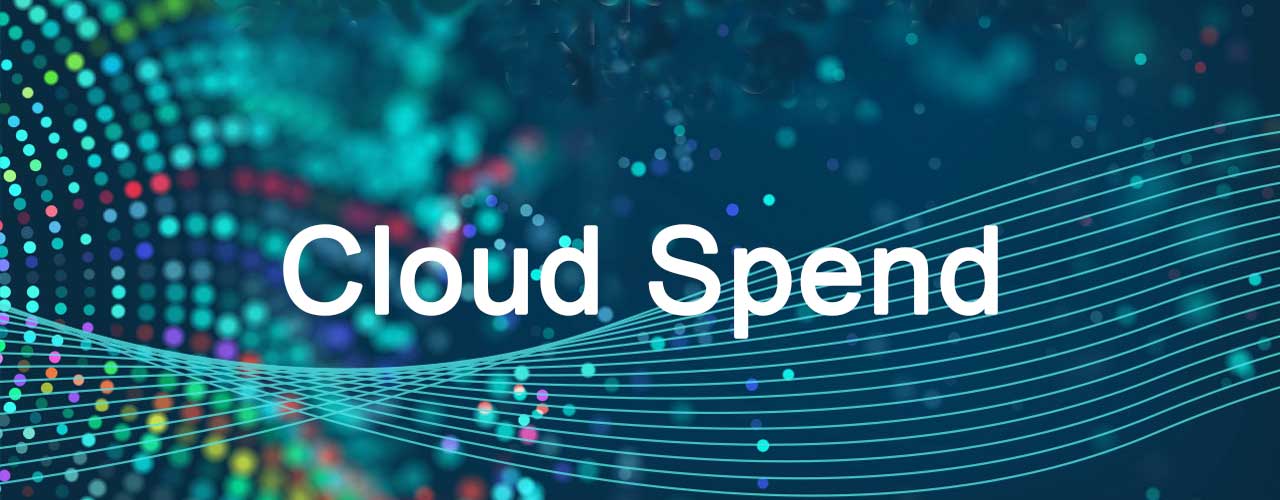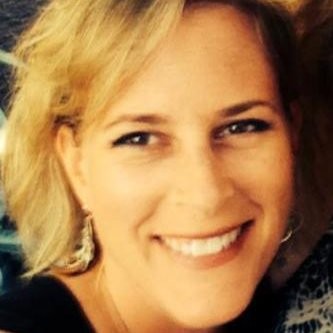

All companies want to control their cloud spend. Cloud spend is growing at an accelerating rate; after spending nearly $500 billion last year, companies are projected to spend nearly $600 billion on the cloud in 2023. The highest levels of organizations are on alert: In a recent survey, CloudZero found that controlling cloud cost has become a board-level issue.
CloudZero was designed to help cloud architecture teams find practical ways to eliminate wasteful spending, ship efficient code, and innovate profitably. From finding immediate savings to surfacing hidden efficiency opportunities to offering ongoing FinOps consultation, CloudZero helps companies maximize the ROI of their cloud spend.
For organizations new to cloud cost management, where do you start? Who is managing cloud cost effectively, and how? What can we all do differently? We recently sat down with CloudZero CTO Erik Peterson to break down the state of cloud cost in 2023, how we got here, what needs to change, and how CloudZero powers FinOps maturity.

Q1: It’s well known that cloud spend is out of control. What are you seeing?
EP: In short, we’re seeing exactly that. It’s no exaggeration to say that cloud computing itself is under threat. It makes sense: A decade and a half of reckless cloud provisioning elapsed in the name of growth — growth at all costs. Now that markets are cooling, hypergrowth is de-hyping, and the piper wants payment.
When it comes to getting cloud costs under control, it’s not that organizations don’t know what to do, it’s that they don’t have the tech to do it. We’ve been talking about shift left for years, but so far, no software has effectively shifted cloud cost accountability onto engineering teams. Cost-efficiency and strong unit economics have been fundamental to business as long as humans have done it, but the infinite scalability of the cloud made it seem like the cloud-native business world worked differently.
These are the things that organizations want. They want to eliminate wasteful spending, they want future spend to be efficient (which means making engineers cost-conscious), and they want to scale sustainably. We designed CloudZero to help them fulfill all three objectives.

Q2: You are seeing cycles in managing cloud costs – can you describe how this is playing out in the market? What are some of the approaches you recommend?
EP: Most organizations go through what we affectionately call “The Vicious Cycle of Cloud Billing.” Here’s how the cycle works: You develop an awesome product with a bunch of awesome features and customers flock to it. You then get your cloud bill, and it’s orders of magnitude higher than anything you’ve ever paid before.
You panic; you redirect engineering resources to getting the bill under control. You make a dent in the bill, and having made a dent, you get back to the innovation road map. Then another round of innovations, another round of bill panic, another round of optimizations, etcetera, etcetera, etcetera.
Every time you direct resources away from innovation, you’re giving your competitors an edge. Every time your cloud bill comes in astronomically higher, you’re damaging your OpEx, your COGS, your gross margin, and your valuation. And typically, the optimizations you can do in-house aren’t terribly durable. Reserved Instances (RIs), Savings Plans (SPs), and rightsizing only take you so far. Rightsizing doesn’t make the underlying architecture any more efficient — it addresses a symptom, not the cause of a heightened bill.
Every time you direct resources away from innovation, you’re giving your competitors an edge.
Q3: You talk a lot about how simple, day to day engineering decisions can make a big difference in cloud buying power… How does that work?
EP: Today’s cloud challenges are really engineering challenges. I’ll give you an example. We were looking at our own gross margin last year, trying to find ways to improve it without dramatically altering our business. When we broke down our COGS, we learned that an uncomfortable amount of it (about three-quarters) was coming from cloud costs. We embarked on a project to get it under control.
We already had table-stakes optimizations in place (RIs, SPs, rightsizing). We had to go deeper. So, we used CloudZero to calculate our own unit costs, including Cost Per Customer (how much each customer was costing us in the cloud), Cost Per Feature (ditto for each of our product features), and Cost Per Engineering Team.
To isolate the most impactful decision we made, we learned that our Billing Ingest feature — which allows us to ingest 100% of our and our customers’ cloud billing data — was by far our most cloud-expensive feature. We drilled into it, identified the most expensive processes and resources, and rearchitected the feature, saving more than $1M a year. Automated savings don’t give you any clue into what features cost the most, let alone which resources are driving the cost or how to rearchitect them. CloudZero shows you (and us) the cost consequences of engineering decisions, and lets you make informed, targeted decisions in the name of cost-efficiency.
Improve Java Performance While Reducing Java Costs
Optimize low-latency trading and high-performance risk management systems.
Q4: Great – but let’s get real…how do you measure your success here? What are some real examples of companies who are adopting approaches like FinOps…Who do you believe really have this stuff under control?
EP: There are a few different ways to answer that. The first — and in today’s economic environment, most critical — is cost savings. Measuring cloud savings is more complicated than it first appears, but a very simple way is to measure the cost of a customer, product, and/or feature before and after CloudZero-driven optimizations. Typically, customers see substantial savings during our Proof of Value process alone — a couple weeks of work, enough savings to pay for several years’ worth of license.
But it goes beyond that. Thinking about the FinOps Maturity Model, Crawl → Walk → Run, the defining characteristic of each stage is percentage of allocated spend. How much of your cloud spend has been accurately traced to business units. The minimums for each stage are as follows: Crawl 50%, Walk 70%, Run 80%.
Most organizations rely on tagging to allocate their spend. Tagging, in a word, sucks, and so we developed CostFormation, a code-driven approach to allocating spend that layers logic on top of tagging frameworks to instantly allocate customers’ cloud spend. In a matter of days, CostFormation allocates more than 90% of customers’ cloud spend — instant FinOps maturity.
Lastly, we measure FinOps success by how well organizations foster engineering cultures of cost-consciousness. There are different ways to see proof of this. Some customers build CloudZero reports into weekly meeting cadences, some customers use CloudZero as a training resource for new engineers (to get them thinking about cloud cost from day one), some customers have hundreds of engineers logging into the platform every day. There may be no one objective metric for engineering cost-consciousness, but to quote a famous phrase, “You know it when you see it.”
As for specific companies, they’re not a customer, but Airbnb has taken an impressively proactive approach to FinOps (we wrote about them recently). Then of course you can look at CloudZero customers like Skyscanner, which has gone as far as any company in decentralizing cloud cost accountability, or SmartBear, who used CloudZero unit cost data to optimize their pricing models. There are lots of examples, and the great thing is, each organization uses FinOps in a way that works for them. There’s no one-size-fits-all method, and CloudZero is flexible enough to power any FinOps goals.
The great thing is, each organization uses FinOps in a way that works for them. There’s no one-size-fits-all method, and CloudZero is flexible enough to power any FinOps goals.
Q5: Azul customers are always looking for more ways to align everyone around cost dimensions that matter to their business. How does CloudZero’s platform help reveal hidden cost savings?
EP: We reveal hidden cloud cost savings in a four-step sequence. The first — and most crucial — is allocating all of your cloud spend in a way that mirrors your business structure. So just like we did for ourselves, we ingest all of your cloud spend, and sort it according to customers, products, features, and/or whatever other views you want to see (we can even layer these views on top of one another, giving you Cost Per Product Per Customer, for example).
The second step is sorting this spend by change-oriented metrics. The dollar-value difference in this week/month vs. last week/month; the percentage change in that same interval (dollar value and percentage change are often not the same); the top 10 spend items in the same interval.
The third step is enabling engineers — the people responsible for building and managing cloud-native infrastructure — to explore this data. Our Explorer lets them drill into whatever spend items they want. So, when they see that a feature costs 3,400% more this month than last month, they can drill into it, see all the individual resources contributing to it, and make informed cost-efficiency decisions. Should we eliminate the resource? Consolidate it? Rearchitect it?
Only an engineer with deep technical expertise can answer those questions. Automated platforms can neither answer the question nor even reveal the question — hence “hidden” cost savings. The fourth step is ongoing maintenance. The platform automatically detects spend anomalies and sends notifications to the teams responsible for the infrastructure, who know how to address them. Every customer also gets a designated FinOps expert — actual FinOps practitioners whose whole job is to analyze customers’ spend environments and search for efficiencies. Again, this is not something you get from an automated platform.
Want to learn more about Erik and how his team can help you? Check out more about CloudZero.
Be sure to discover more how Azul Platform Prime delivers a faster payback vs. vanilla JVMs that you be using today. Together with our support, Azul offers an optimized JVM to improve performance for your business-critical applications – download Platform Prime for free.
We Love to Talk About Java
We’re here to answer any questions about Azul products, Java, pricing, or anything else.




